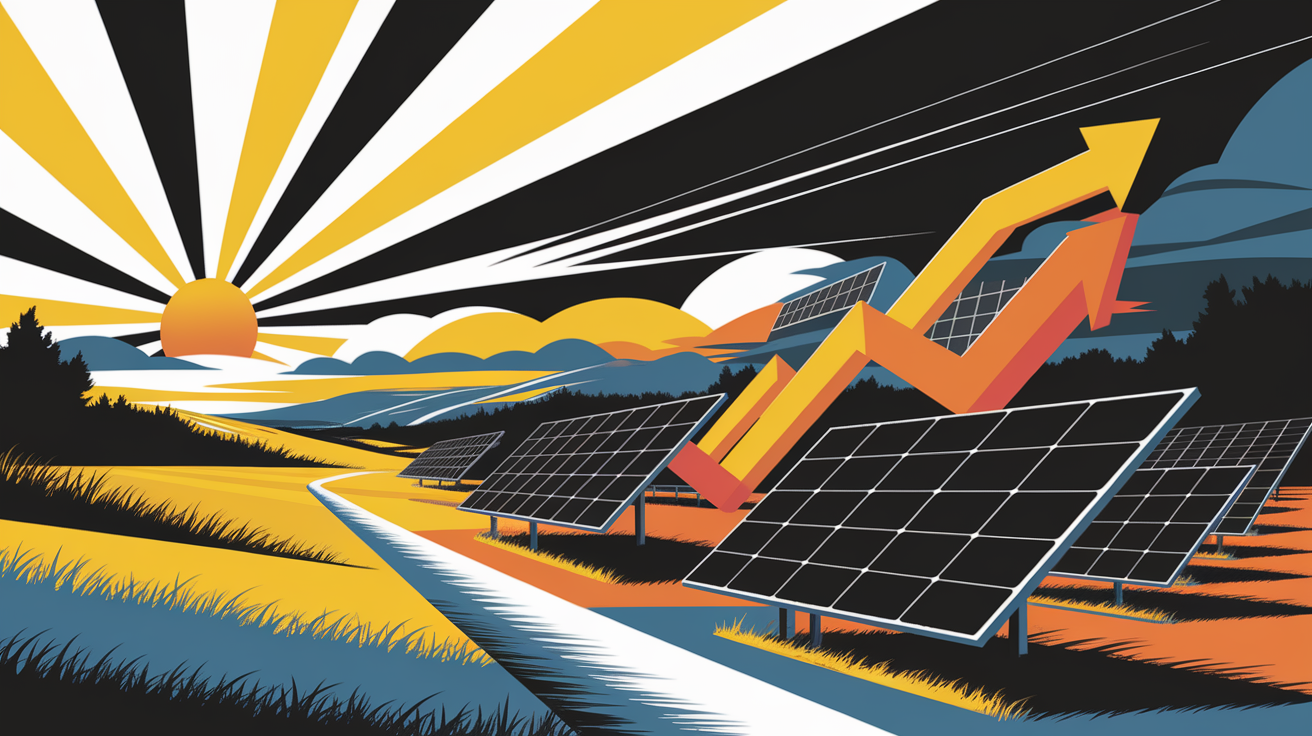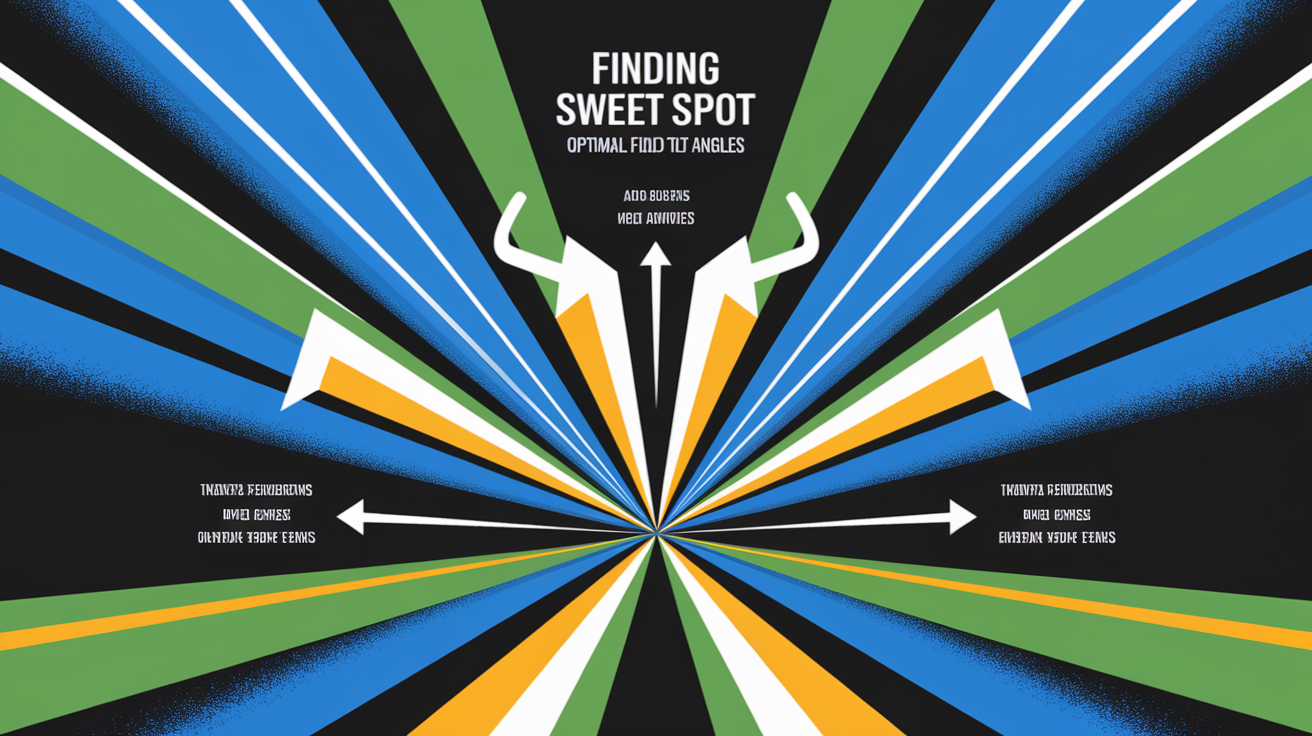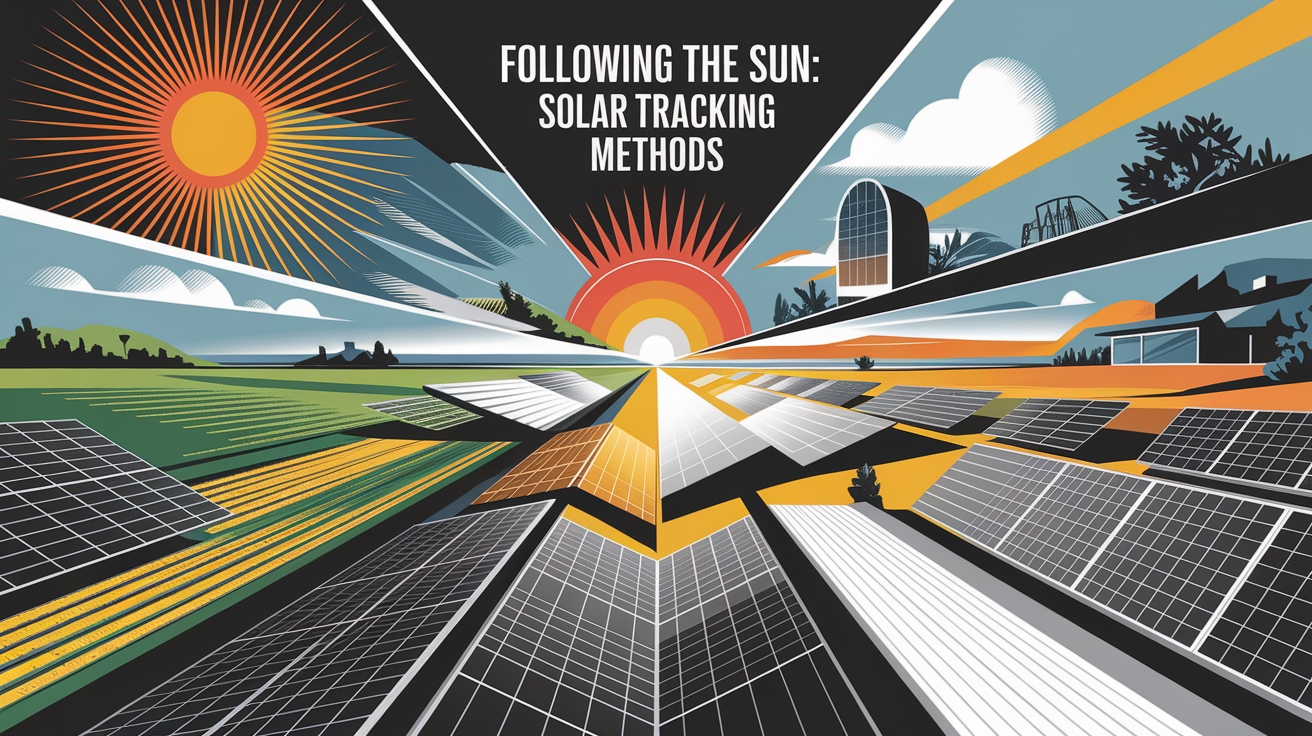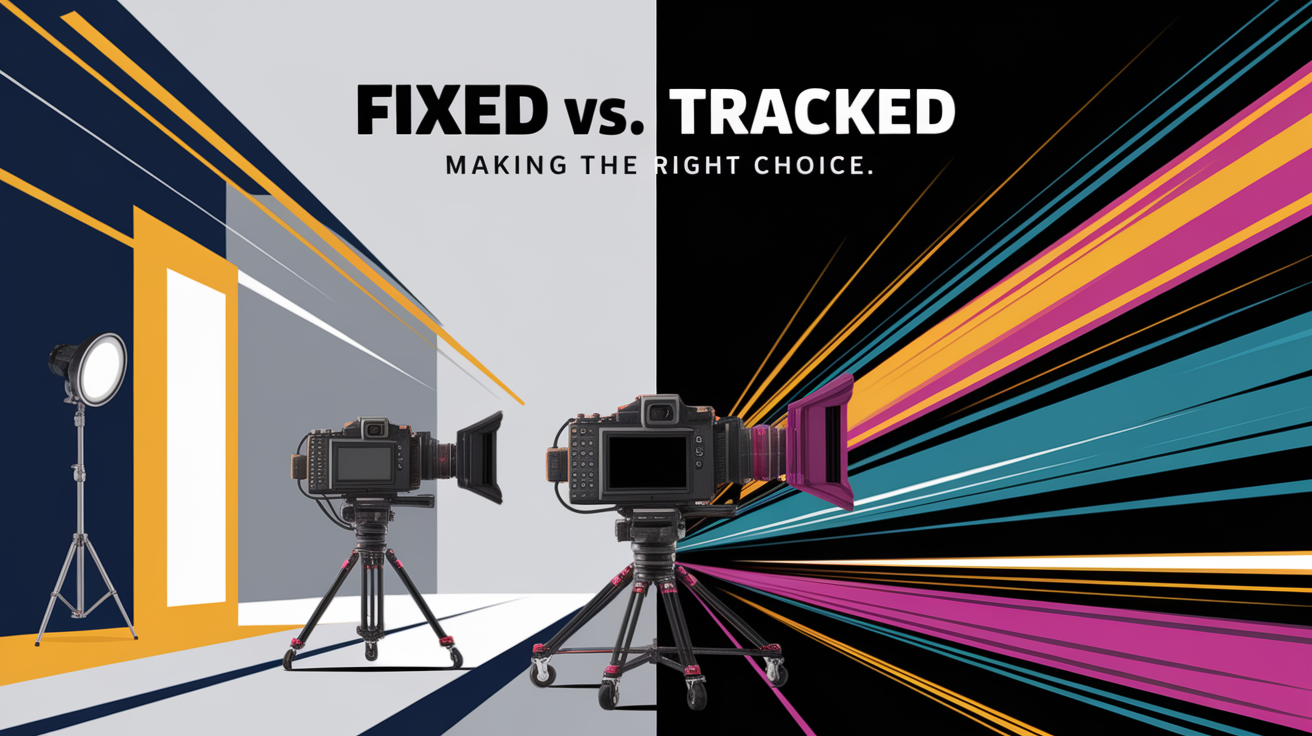Maximizing Solar Harvest: Tilt Angles and Tracking Strategies
Chasing the Sun: Why Tilt Angle and Tracking Strategies Matter
Maximizing the performance of photovoltaic panels depends heavily on how well they are positioned relative to the sun’s path. Two decisive factors—tilt angle and tracking strategies—determine how much solar irradiance a panel can capture. The solar tilt angle defines the inclination of the panel relative to horizontal ground, while solar tracking systems dynamically adjust panel orientation to follow the sun’s movement throughout the day and year.

The benefits are direct and measurable: properly adjusted tilt and tracking can significantly improve electricity generation, optimize return on investment, and extend the usable life of renewable energy systems by ensuring consistent, efficient operation. Whether designing utility-scale solar farms or residential rooftop systems, accurate tilt configuration and sun tracking contribute to higher yields and better resilience against seasonal variability.
Finding the Sweet Spot: Optimal Fixed Tilt Angles
For fixed tilt systems, determining the optimal tilt angle starts with latitude optimization. A widely accepted guideline is to set panel inclination close to the site’s latitude—angled toward the equator—to maximize annual exposure. For example, a system at 35° latitude in the northern hemisphere would benefit from a 35° south-facing tilt.

However, real-world performance can improve further through seasonal tilt adjustments. In winter, a steeper angle captures low solar elevation, while in summer, a shallower tilt accommodates the higher sun path. At higher latitudes, where solar elevation changes dramatically, the relationship between optimal tilt and latitude becomes less linear, making precision modeling invaluable for fine-tuning.
- Winter optimization: Latitude + 10–15° tilt for better low-angle reception
- Summer optimization: Latitude – 10–15° tilt for peak midday harvest
- Year-round fixed setting: Latitude-based angle for steady annual output
Proper fixed tilt positioning can yield up to 10–15% better performance compared to poorly aligned arrays—an important consideration in photovoltaic system design.
Following the Sun: Solar Tracking Methods
For installations seeking maximum solar energy harvesting, mechanical tracking offers a powerful solution. Solar tracking systems use panel tracking mechanisms to follow the sun in real-time, maintaining favorable solar azimuth and elevation angles. The two dominant configurations are:

- Single-axis tracking: Panels rotate east-to-west along a fixed axis, boosting daily production by roughly 15–25% over fixed systems.
- Dual-axis tracking: Panels adjust both horizontally and vertically, staying nearly perpendicular to the sun’s rays year-round, with gains of up to 40–45% in energy output.
Dual-axis systems, including Tip-Tilt Dual-Axis Trackers, deliver the highest performance, particularly in regions with strong seasonal sun movement. Additionally, techniques like backtracking are used in row-based arrays to minimize shading loss by dynamically altering tilt and azimuth when panels might otherwise cast shadows on each other. While effective, tracking systems require motors, sensors, and advanced control algorithms, introducing mechanical complexity and higher maintenance needs.
Fixed vs. Tracked: Making the Right Choice
The decision between fixed tilt and tracking should balance energy yield targets, budget constraints, site conditions, and long-term operational plans. According to industry analyses:

- Fixed tilt advantages: Lower upfront cost, simpler installation, minimal maintenance
- Single-axis tracking: Moderate cost increase, 15–25% more energy, ideal for large, flat sites
- Dual-axis tracking: Higher capital cost and complexity, 40–45% higher yield, optimal for locations with high direct normal irradiance
Trackers also provide operational benefits beyond efficiency, such as reducing potential snow accumulation and mitigating partial shading issues. Fixed tilt arrays, while less productive in variable sunlight conditions, offer cost predictability and reliability—attributes particularly valued in smaller-scale projects or budget-sensitive deployments.
Capturing Every Ray: Final Thoughts
Optimizing solar panel positioning through accurate tilt calculation and strategic tracking decisions directly impacts system performance, project economics, and long-term sustainability goals. Fixed tilt systems, tuned to location-specific angles, deliver consistent results at lower cost, while tracking systems—especially dual-axis—unlock higher yield potential in the right environmental and financial contexts. Ultimately, selecting the right approach involves aligning project parameters with energy production targets and operational considerations, leveraging modeling tools where needed, and embracing adjustments over time for continuous optimization.
For maximum solar exposure and efficiency, the best approach is one that treats tilt angle and tracking as integral components of photovoltaic system design rather than afterthoughts—ensuring every ray counts toward cleaner, more productive renewable energy generation.







